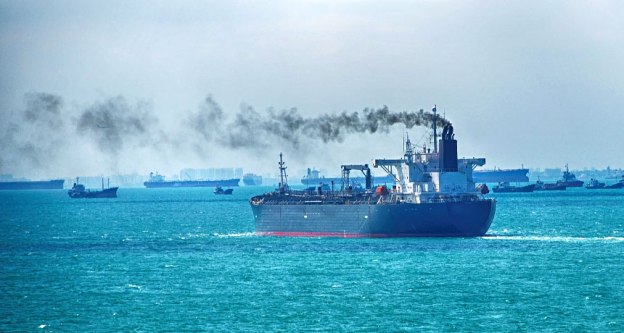What if a country experiencing the bad effects of climate change—crop failures, perhaps, or serious flooding—were to begin, unilaterally and perhaps quietly, to try to modify the climate? Such a project, reckons DARPA, a research arm of America’s defence department, is possible. But it could trigger chaos, and not just of the meteorological sort. The agency, the overall objectives of which include preventing “strategic surprise”, has therefore recently begun to pay for research into how such an event might happen, and how to react to it.
DARPA’s assumption is that any attempt at unilateral geoengineering would use a technique called stratospheric aerosol injection (SAI). This would employ aircraft to disperse sulfuric acid, or its precursor sulfur dioxide, into the upper atmosphere, to form tiny sulfate particles that would reflect sunlight back into space. This would probably work (big volcanic eruptions, which do something similar, have a measurable effect on global temperatures). The costs, though, could be considerable—and not just directly in dollars.
A poorly designed SAI program might break down ozone, a form of oxygen that shields organisms, people included, from harmful ultraviolet radiation. Patterns of precipitation would also change, for cooler air absorbs less moisture, and these effects would undoubtedly vary from region to region. Another problem is the acid rain that would result.
Perhaps most pertinent, though, is that SAI would serve only to mask the effects of greenhouse gases rather than ending them. That brings the risk of “termination shock”, for the injected sulfate is constantly washed out of the atmosphere in rain and snow. The closure of and SAI program, particularly a long-lasting one, might thus cause a sudden heat jolt more difficult to deal with than the existing, gradual, warming.
That is one reason why Joshua Elliott, head of DARPA’s AI-assisted Climate Tipping-point Modelling (ACTM) program, says “we do not want to be caught flat-footed”. Modelling how Earth’s various climactic subsystems might react to SAI is no easy matter. Dr Elliott, however, reckons that better computer simulations would help. They might even, he says, eventually highlight “signatures” in climate data that would suggest that such geoengineering is afoot.
Nor is the risk of someone doing something stupid a fantasy. In 2019 Massimo Tavoni, a game theorist at Milan Polytechnic who is unaffiliated with DARPA organized six games played by 144 students. Participants were given a variety of ideal climate outcomes and allowed to spend toy money they were given on geoengineering projects to achieve them…Some players tried to counter efforts at cooling which they deemed excessive with attempts to warm the planet, resulting in a chaotic outcome that Dr Tavoni calls “geoengineering wars”. In the end, he says, “everybody loses.”…
DARPA is also developing “early warning” code to detect people undertaking geoengineering mischief on the sly, and testing it by running pairs of parallel simulations, one of which has been tweaked to reflect an SAI program being under way…SAI could even, conceivably, be undertaken by “self-authorizing” billionaires.
Areas which suffer most from rising temperatures would have greater incentives to take the plunge…including Algeria, Australia, Bangladesh, Egypt, India, Indonesia, Libya, Pakistan, Saudi Arabia and Thailand.
Excerpts from America’s defense department is looking for rogue geoengineers, Economist, Nov. 5, 2022




